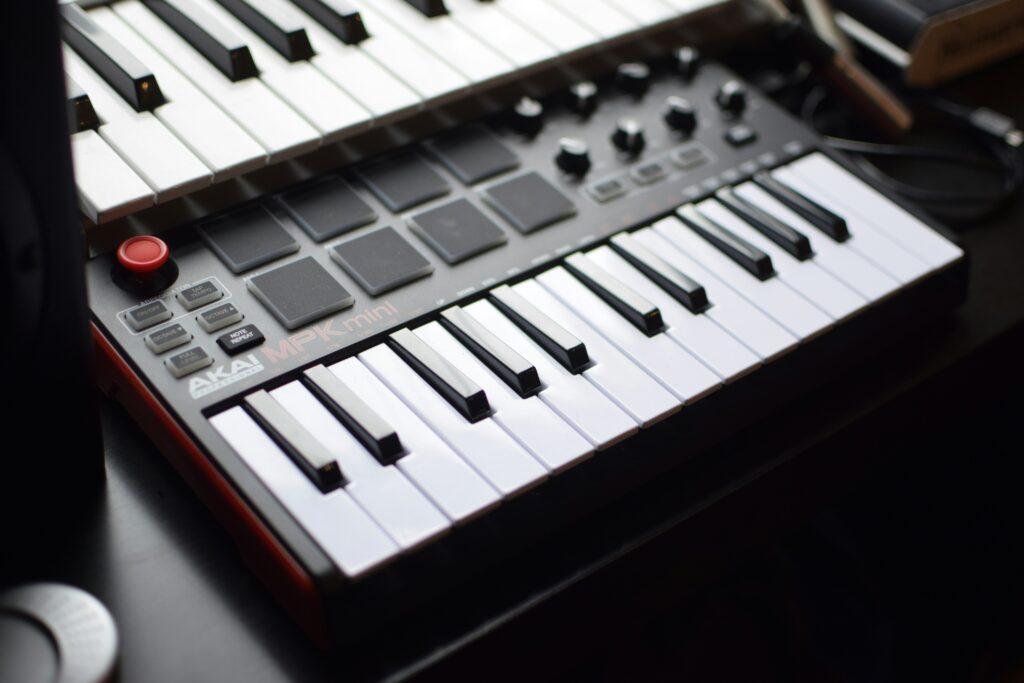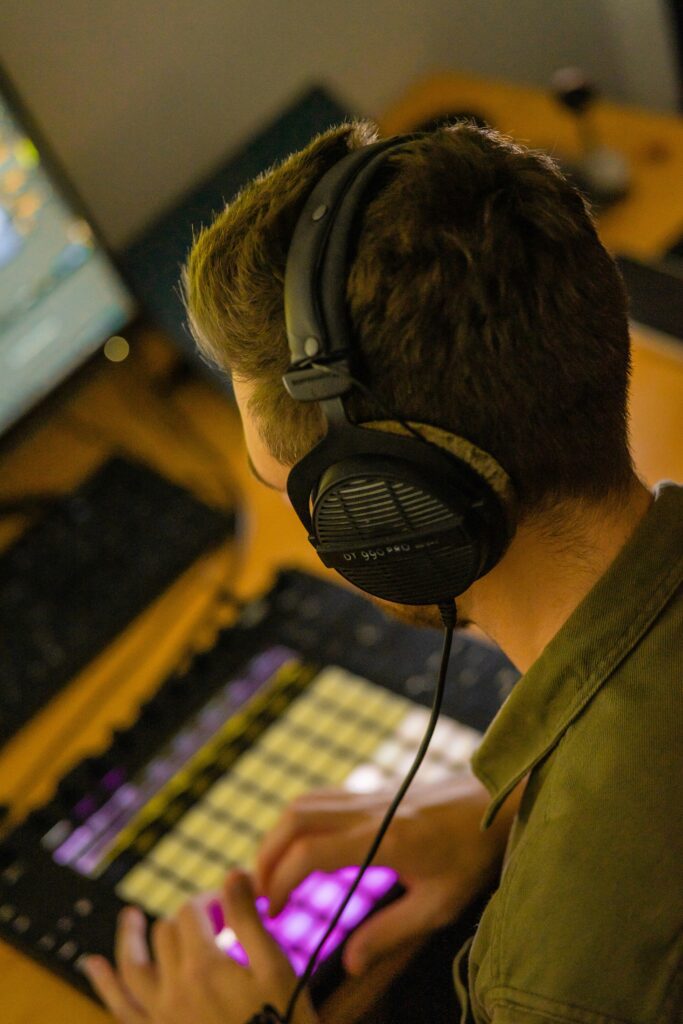MIDI controllers have revolutionized the music production industry, allowing musicians, producers, and DJs to interact with digital audio workstations (DAWs) and software instruments in a tangible and intuitive way. In this article, we delve into the history of MIDI controllers, explore their various types and uses, and discuss the exciting possibilities of future features, including potential integration with artificial intelligence (AI).
History of MIDI Controllers
MIDI (Musical Instrument Digital Interface) was introduced in the early 1980s as a standardized protocol for communicating musical information between electronic musical instruments and computers. The first MIDI controller, the Sequential Circuits Prophet-600, was released in 1982 and allowed musicians to control synthesizers and other MIDI-compatible devices. Types of MIDI Controllers:


Keyboard Controllers
These are the most common type of MIDI controllers, resembling traditional piano keyboards. They provide a range of keys for playing melodies, chords, and triggering samples.
Pad Controllers
Designed for beat-making and triggering drum samples, pad controllers feature a grid of pressure-sensitive pads that can be assigned to different sounds or sequences.
Knob and Fader Controllers
These controllers offer physical knobs and faders that can be assigned to control various parameters such as volume, pan, and effects. They provide a tactile feel for adjusting settings.
Drum Controllers
Specifically designed for drummers, these controllers simulate the layout and feel of a drum kit, offering pads for triggering drum sounds and rhythm patterns.


Uses of MIDI Controllers
Music Production
MIDI controllers are widely used in music production to record and perform virtual instruments, control DAW functions, and create expressive performances.
Live Performance
Many artists incorporate MIDI controllers into their live performances, allowing them to manipulate and trigger sounds on stage in real-time.
DJing
DJs often use MIDI controllers with DJ software, enabling them to mix and manipulate tracks seamlessly, apply effects, and control parameters such as tempo and pitch.
The Future of MIDI Controllers
Looking ahead, MIDI controllers are poised to embrace exciting advancements, including the integration of AI. Here are some possible future features:
Intelligent Mapping
AI algorithms could analyze a musician’s playing style, preferences, and genre-specific techniques to automatically map MIDI controller functions, streamlining the setup process.
Smart Gesture Recognition
MIDI controllers could incorporate advanced gesture recognition technology, enabling musicians to control parameters through natural movements and gestures, enhancing expressiveness.
Adaptive Performance Assistance
AI algorithms could dynamically adjust parameters, such as timing and velocity, to enhance the quality and realism of virtual instrument performances, making MIDI-controlled instruments feel more natural.
Machine Learning Sequencing
Future MIDI controllers might integrate machine learning capabilities, learning from a musician’s patterns, and generating intelligent musical sequences or suggesting creative ideas.
Conclusion
MIDI controllers have come a long way since their inception, with various types catering to different musical needs. As technology continues to advance, the future of MIDI controllers holds immense potential, including AI integration that can revolutionize the way musicians interact with their instruments and software. With these advancements, MIDI controllers are poised to shape the future of music production, performance, and creativity.